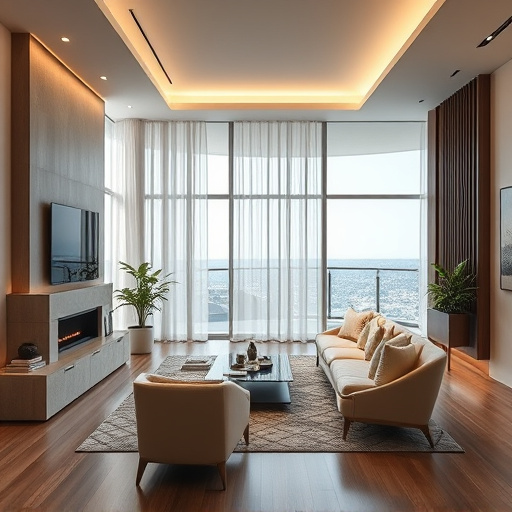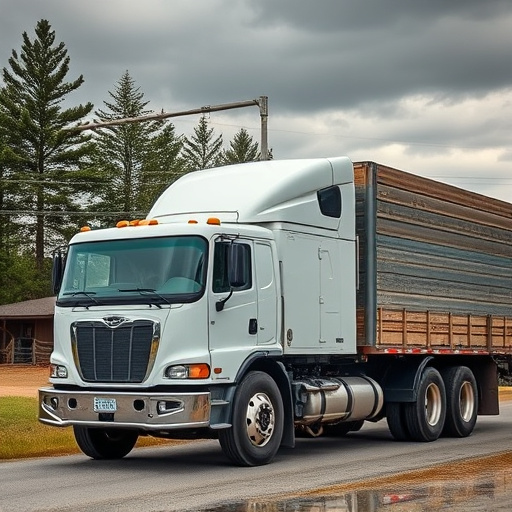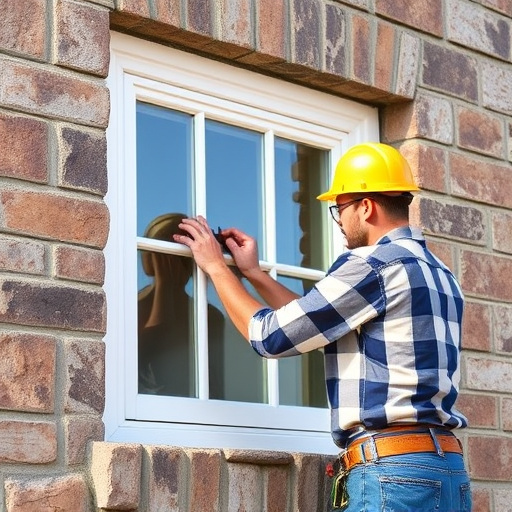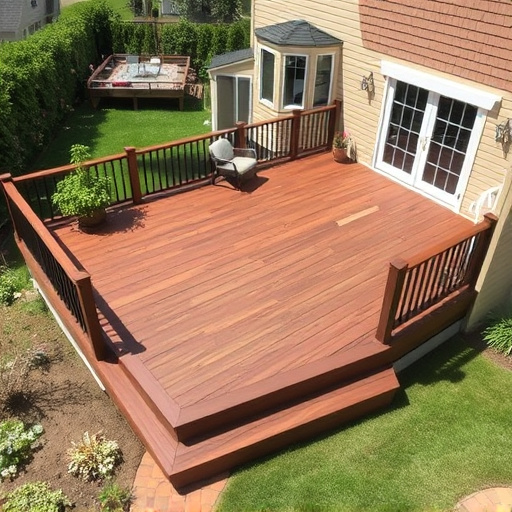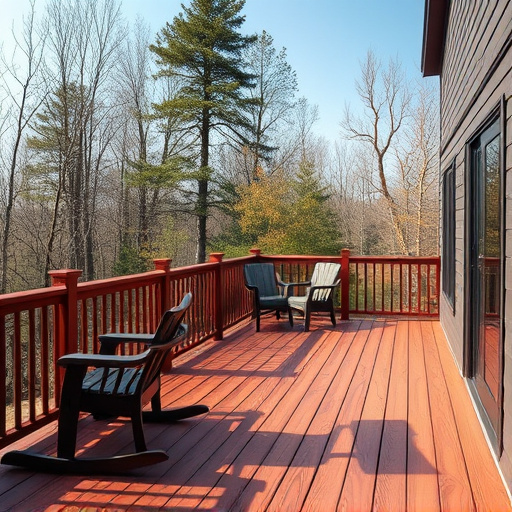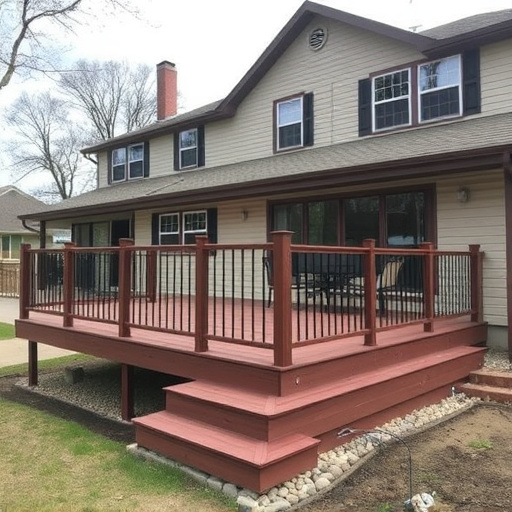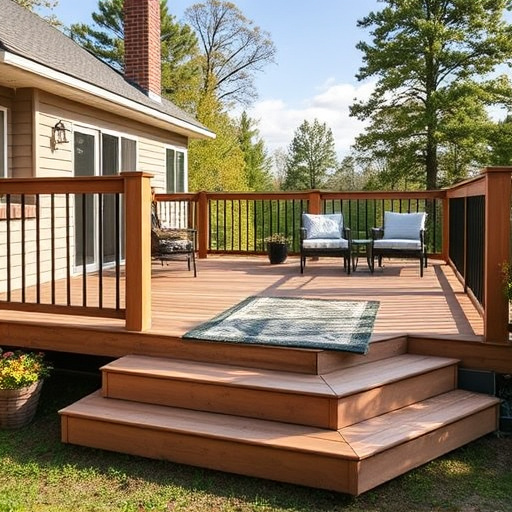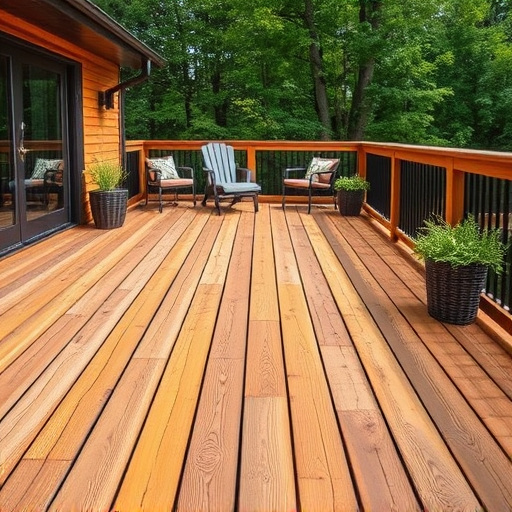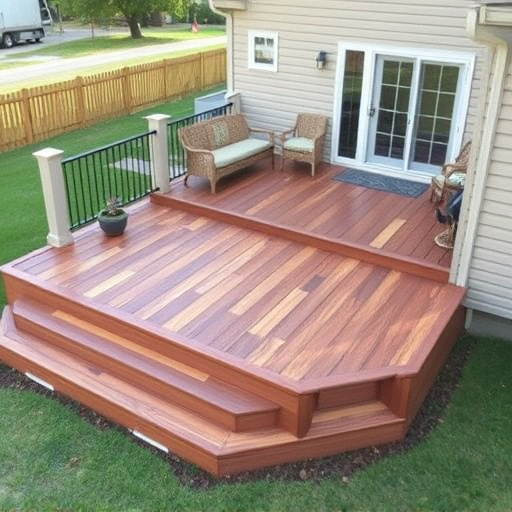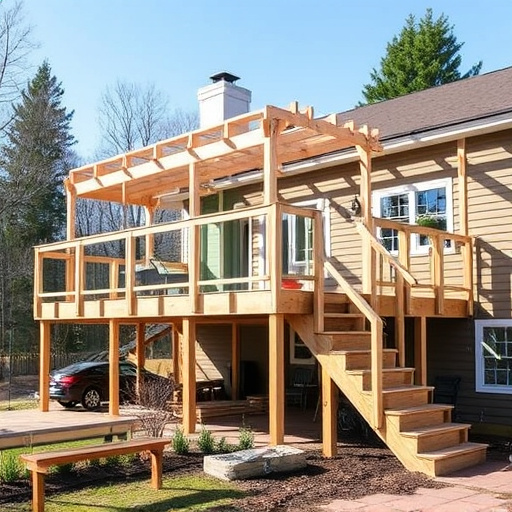When choosing a deck railing, balance aesthetics and structural integrity. Select from styles like traditional posts, modern balusters, or glass/cable railings that complement your home's architecture. Prioritize safety by meeting ANSI standards, considering impact-resistant materials, and staying aware of local building codes for compliance and aesthetic alignment with your home.
Choosing the perfect deck railing is key to enhancing your outdoor living space while ensuring safety. This guide will walk you through selecting a deck railing that complements your home’s architecture, from understanding various styles and materials to considering crucial safety features and local regulations. By the end, you’ll be equipped to make an informed decision that not only matches your home but also prioritizes safety.
- Understanding Deck Railing Styles and Materials
- Matching Your Home's Architecture and Design
- Safety Features and Local Regulations to Consider
Understanding Deck Railing Styles and Materials
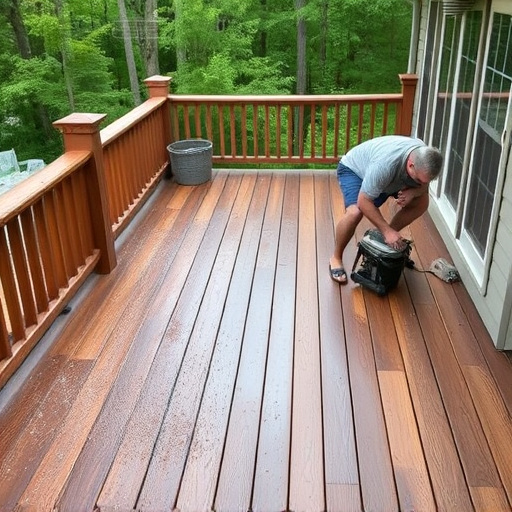
When considering deck railing, understanding the available styles and materials is essential for making an informed decision that complements your home’s exterior. Various factors influence the choice, with aesthetics being a primary concern. Railing designs range from traditional vertical posts to modern horizontal balusters, each offering unique visual appeal. Material-wise, wood remains a popular option due to its natural beauty and ability to blend seamlessly with residential siding. However, advancements in technology have introduced low-maintenance alternatives like vinyl and aluminum, ideal for areas requiring less upkeep.
Additionally, understanding the structural integrity of different materials is crucial. Steel and iron railings, though elegant, might require roof repair or replacement over time due to their susceptibility to corrosion. In contrast, composite materials combine wood fibers and plastic, offering durability and resistance to rot, making them a low-maintenance choice. The right deck railing not only enhances safety but also adds architectural detail, aligning with your home’s overall style and value, whether it’s a traditional or contemporary aesthetic.
Matching Your Home's Architecture and Design

When selecting a deck railing, it’s crucial to consider how well it complements your home’s architecture and overall design aesthetic. The right railing can enhance the curb appeal and beauty of your exterior space, seamlessly integrating with your home’s existing features. For instance, if your house boasts a traditional style with colonial details, a classic capped rail or baluster-style railing might be an excellent choice, evoking a sense of timeless elegance. On the other hand, modern homes with clean lines could pair well with a contemporary glass or cable railing system, offering both functionality and a sleek look.
Matching your deck railing to your home’s architecture ensures visual harmony, creating a cohesive outdoor living space that extends the interior design. It’s not just about aesthetics; a well-chosen railing can also enhance safety without compromising the aesthetic appeal. Whether you’re looking at wood, metal, glass, or vinyl options, consider how each material and style aligns with your home’s exterior, including your roofing, siding, and gutters, ultimately contributing to a residential roofing project that enhances both functionality and visual allure.
Safety Features and Local Regulations to Consider
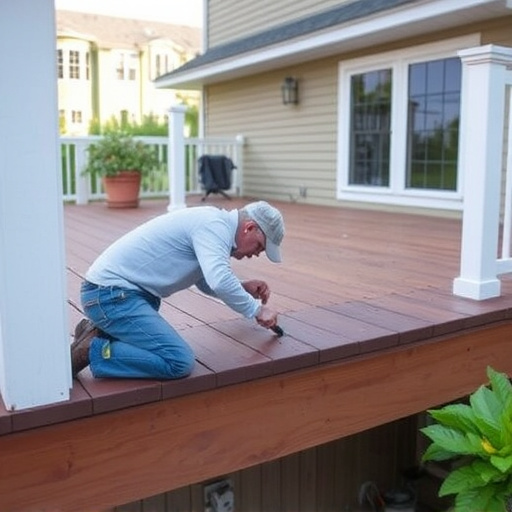
When choosing a deck railing, safety should always be your top priority. Look for railings that comply with industry standards, such as those set by the American National Standards Institute (ANSI) and International Code Council (ICC). These standards ensure that the railing can withstand certain forces, providing a secure barrier to prevent falls. Some deck railing systems may also include additional safety features like impact-resistant materials or advanced guardrail designs.
In addition to safety, be mindful of local building codes and regulations regarding deck railings. Each region has its own set of guidelines, especially for residential and commercial properties. For instance, requirements might vary based on the height of the deck, local climate, and even the type of roof or siding on your home. Consulting with a professional contractor or checking with your local building department can help ensure that your chosen deck railing not only matches your home aesthetically but also complies with all necessary safety standards and regulations, including those related to roof replacement or commercial roofing.
When choosing a deck railing, consider both aesthetics and safety. By understanding different styles and materials, matching your home’s architecture, and staying informed about local regulations, you can select a deck railing that enhances your outdoor space while adhering to necessary safety standards.
